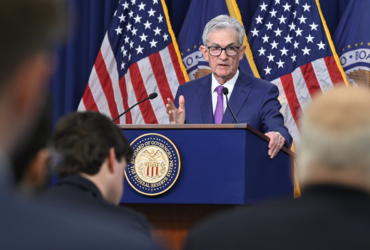Consumer prices fell more than expected in March, according to the latest data from the Bureau of Labor Statistics.
- Y-O-Y: The Consumer Price Index for All Urban Consumers fell to 5.0% year-over-year, down from 6.0% in February and the lowest level since May 2021.
- M-O-M: Consumer prices were up just 0.1% in March, down from 0.4% in February and the lowest increase since December 2022.
Better Than Expected. Economists had projected that the monthly increase would be 0.3% which would push the annual rate down to 5.1%.
Food. Food prices were flat month-over-month for the first time since November 2020. The annual rate fell to 8.5%, down from 9.5% in February and the lowest level since March 2022.
- Grocery prices actually fell 0.3%, the first decline in this category since January 2021, dropping the year-over-year increase to 8.4%, the lowest level since January 2022.
- Restaurant prices continue to climb after a 0.6% jump from February pushing the annual prices up 8.8%, the highest level in over 20 years.
Energy. Energy prices dropped a whopping 3.5% from February which pushed the prices down 6.4% year-over-year.
- Gas prices fell 4.6% from March and are now down 17.4% year-over-year.
- Electricity prices were down 0.7% from February but are still up 10.2% year-over-year.
The Core. Core CPI actually ticked up to 5.6% after a 0.4% increase in consumer prices month-over-month.
Shelter. The report noted that shelter costs were the dominant factor in the monthly increase in the core index. The shelter index rose to an all-time high of 8.2% after a 0.6% increase from March. However, the 0.1% rise in the annual rate was the smallest increase since May 2021.
- Rent of primary residence rose to 8.8% year-over-year while owners equilivant of rent of residence rose to 8.0%.
BOTTOM LINE: This was the ninth straight decline for the topline number and inflation is now at the lowest level in almost two years. Not only that, but the topline number beat expectations. Sure, it was only by 0.1%, but a beat is a beat! A cooling labor market along with cooling inflation is a recipe for a Fed pause and possibly better mortgage rates.






Got a Questions?
Find us on Socials or Contact us and we’ll get back to you as soon as possible.